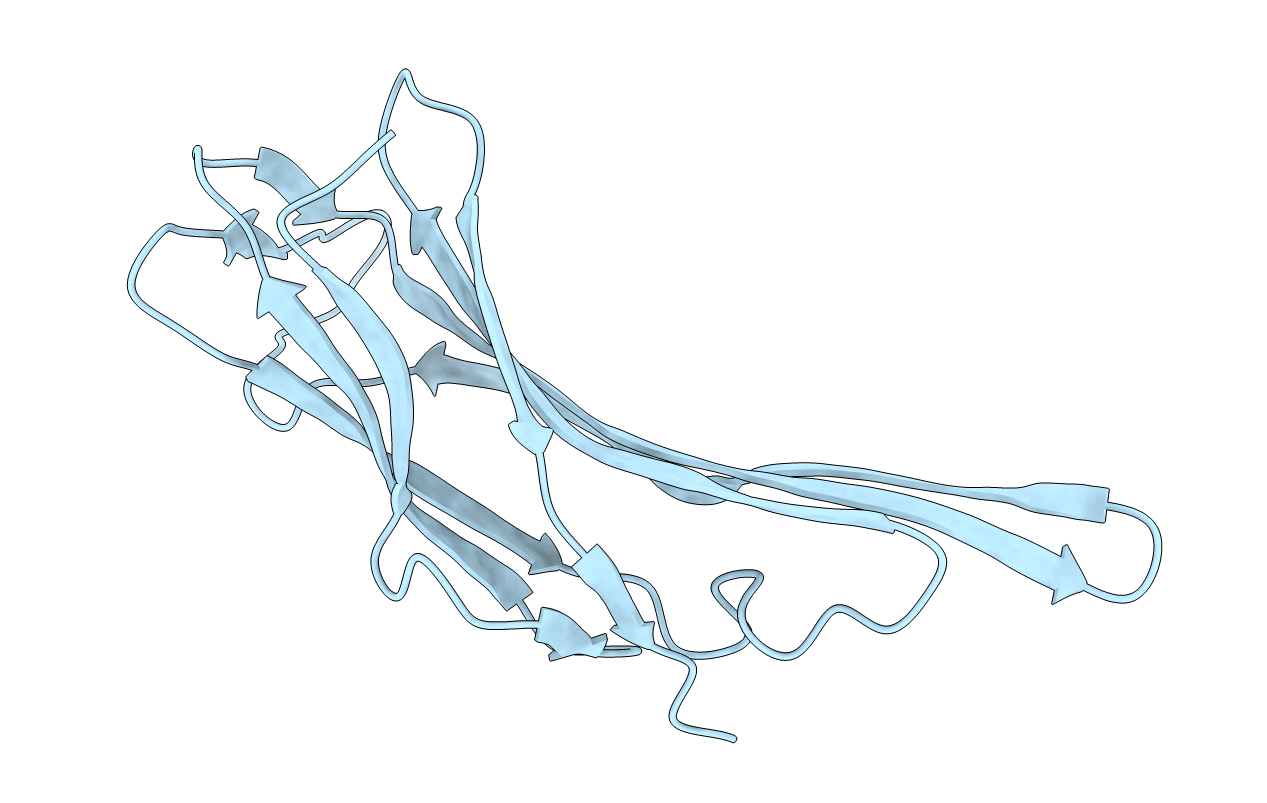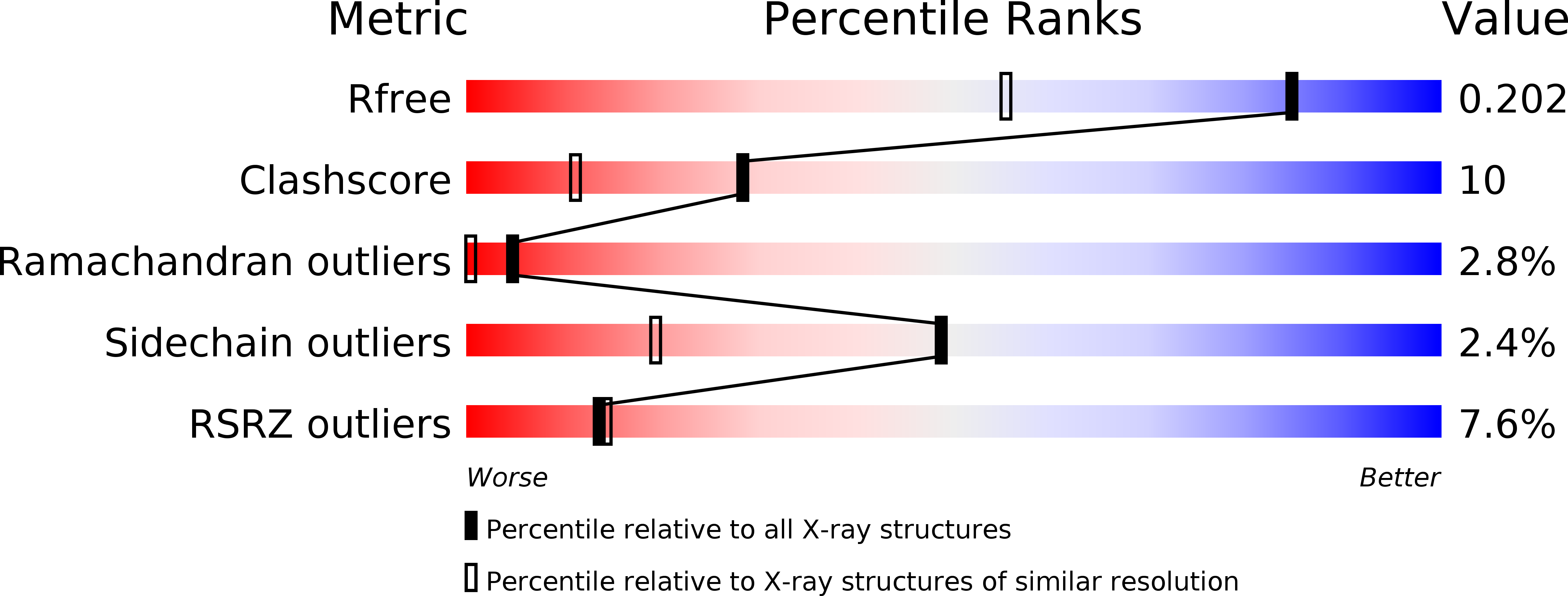
Deposition Date
2012-08-02
Release Date
2013-02-27
Last Version Date
2024-04-03
Method Details:
Experimental Method:
Resolution:
1.50 Å
R-Value Free:
0.20
R-Value Work:
0.17
R-Value Observed:
0.18
Space Group:
C 1 2 1


